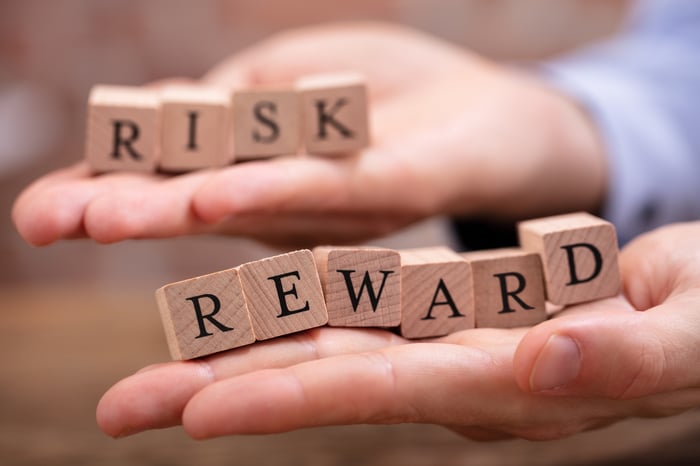The past year has not been kind to B&G Foods (BGS 2.88%) stock, which is down about 50% from its 52-week high. A dividend cut in late 2022 was a sign of the material headwinds the company faced. The 5% dividend yield is still attractive and the payment much safer, but investors shouldn't think that B&G Foods has solved all of its problems.
The model has a "minor" flaw
At the top level, B&G Foods takes a distinctive business approach. Effectively, it buys unloved brands from larger companies and smaller brands that lack scale and then gives them the attention they need to flourish. The plan is to buy on the cheap and then improve brand results to increase the value of the acquired asset. The company's purchase and subsequent sale of Pirates Booty is a good example.

Image source: Getty Images.
The company bought Pirates Booty for $195 million in 2013 and sold it to Hershey for $420 million in 2018. Some of the increase in value was tied to the fact that snacking brands have been in high demand. However, B&G Foods' distribution, advertising, and branding strength was certainly a key factor behind the increased value. For investors who like to take a contrarian approach, B&G Foods' business model will probably be viewed positively.
The problem with the food maker's approach is that buying brands costs a lot of money. In this case, the cash often comes from debt that gets piled onto the company's balance sheet. To put a figure on that, B&G Foods' debt-to-equity ratio sits at around 2.8, which is dramatically higher than other food companies. Although leverage can be used to enhance returns, it also increases risks when things don't work out as planned.

BGS Debt to Equity Ratio data by YCharts
The debt conundrum
This issue became a big problem in 2022 when the fight against inflation led the Federal Reserve to hike interest rates. B&G Foods' interest costs rose from roughly $107 million in 2021 to just shy of $125 million in 2022. That doesn't sound dramatic, but it's over a 15% increase in a single year. That said, that change doesn't actually do justice to the problem because interest rates were rising throughout the year.
In the fourth quarter, after several hikes, interest expense rose from about $26.6 million in 2021 to nearly $36.3 million in the final stanza of 2022. That's an increase of more than 33% in the wrong direction. That headwind is likely to remain a problem throughout 2023 unless interest rates suddenly start heading lower, which doesn't seem likely given the still-high rate of inflation.
The rise in interest expense is one of the reasons why B&G Foods cut its dividend by 60% in late 2022. Indeed, the freed-up cash will make it easier for the company to carry its heavy debt load. And while that's a very good thing, it doesn't actually change much about the story here. B&G Foods still has a heavy debt load and rising interest expenses to deal with now.
Better, but not different
It wouldn't be fair to describe the dividend cut as kicking the can down the road, because the company is in a better position to deal with the headwinds it faces. It would be fair to say that conservative investors shouldn't view the dividend cut as de-risking the business model. The model really hasn't changed, and only more aggressive investors should be looking at B&G Foods and its sizable dividend.
That said, with interest rates so high today, the stock's 5% yield needs to be put up against the similarly high, and much less risky, rates you can earn on a bank CD right now.





